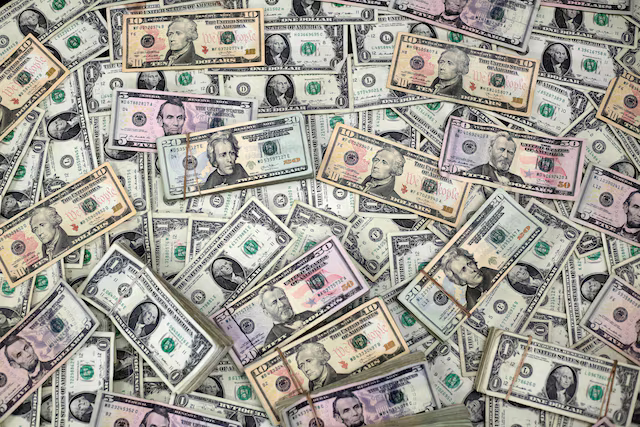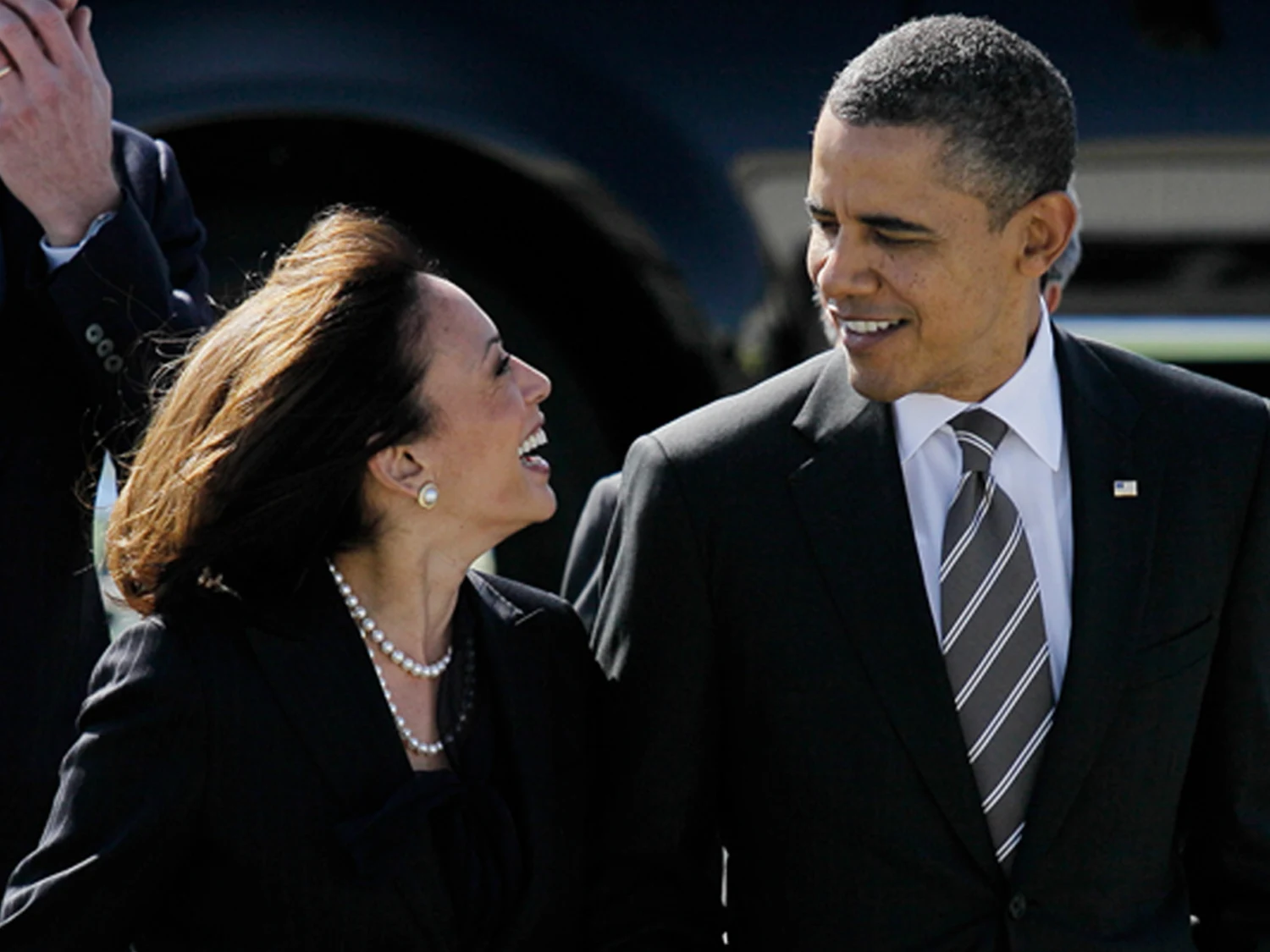The US bond market, typically a quiet and steady arena, has found itself in the spotlight following a notably weak 20-year Treasury bond auction last week.
The tepid demand has sparked a broader sell-off in stocks and raised alarms among investors and policymakers alike, highlighting growing concerns over America’s fiscal outlook and the impact of recent legislative proposals.
On Wednesday, the US Treasury Department auctioned $16 billion in 20-year bonds. The results were underwhelming: demand hit its lowest point since February, and investors demanded a higher-than-expected yield of 5.047%. This signaled that buyers want greater compensation to take on what they now see as increasing risks associated with US government debt.
The timing is notable. The auction occurred against the backdrop of President Donald Trump’s ambitious tax-and-spending legislation—dubbed by supporters as the “Big, Beautiful Bill.” Critics, however, point to projections from the Congressional Budget Office and nonpartisan analysts suggesting that the bill could add between $3 trillion and $5 trillion to the national debt over the next decade. With the US debt already surpassing $36 trillion, the prospect of further deficit expansion has unsettled markets.
This anxiety was evident in the stock market’s sharp reaction. The Dow Jones Industrial Average dropped over 800 points following the auction, marking its steepest decline since April. Meanwhile, Treasury yields—especially on longer-dated bonds—continued to rise, further reflecting investor concern. The 30-year Treasury yield hovered near 5.09%, a level not seen since November 2023.
Multiple factors are fueling the unrest. Inflation remains a persistent concern, particularly as large retailers like Walmart warn of price hikes driven by ongoing tariff policies. Recent moves by the Trump administration to reimpose tariffs on several countries have added to inflationary pressures, prompting fears that US assets—stocks, bonds, and even the dollar—are becoming less attractive on the global stage.
The global environment is also shifting. Yields in other developed countries have risen, making US bonds less appealing by comparison. Meanwhile, Moody’s decision to downgrade the US credit rating from Aaa to Aa1, citing widening deficits and ballooning interest costs, has further shaken confidence.
Foreign demand for US debt is still present but appears to be softening. While indirect bidders—typically foreign central banks and institutions—took 69% of the 20-year bond auction, overall demand was weak. This has reignited fears of a potential “buyer’s strike” among key investors, particularly if fiscal policy remains unchecked.
Republicans in Congress, some of whom have long branded themselves as deficit hawks, are reportedly divided over the scale and structure of the proposed legislation. There is growing internal pressure to revise the bill to ensure fiscal sustainability. However, meaningful adjustments remain uncertain.
Higher bond yields have real-world implications. As yields climb, borrowing becomes more expensive across the economy. Consumers could face higher mortgage rates, auto loan costs, and credit card interest. For the federal government, rising interest rates translate into steeper costs for servicing the debt. Already this fiscal year, the US has spent $684 billion on interest payments—around 16% of total federal expenditures.
Looking ahead, the Treasury will likely need to increase the size of its debt auctions, especially for longer maturities, to keep up with rising funding needs. But unless demand strengthens or fiscal policy adjusts, doing so may push yields even higher.
The question now is whether the bond market’s latest signal will spur action in Washington. While Treasury officials downplay the auction results, and some economists suggest the sell-off is not yet a crisis, the bond market has unmistakably injected a sense of urgency into the debate over America’s fiscal path.
In the words of one strategist, the market is “increasing that risk premium” for US debt. Whether that message leads to meaningful policy change—or is dismissed once the market settles—remains to be seen.










The latest news in your social feeds
Subscribe to our social media platforms to stay tuned